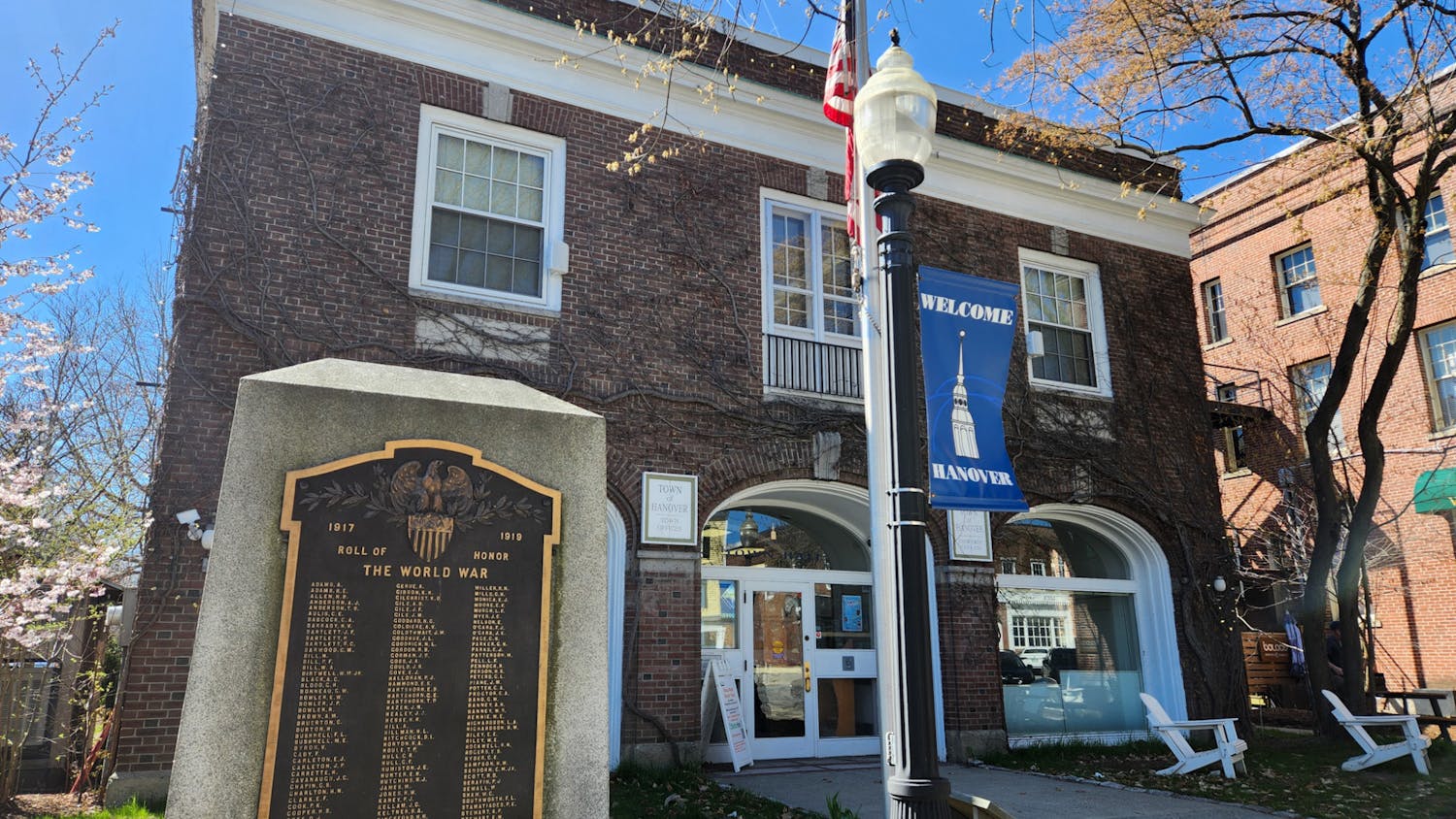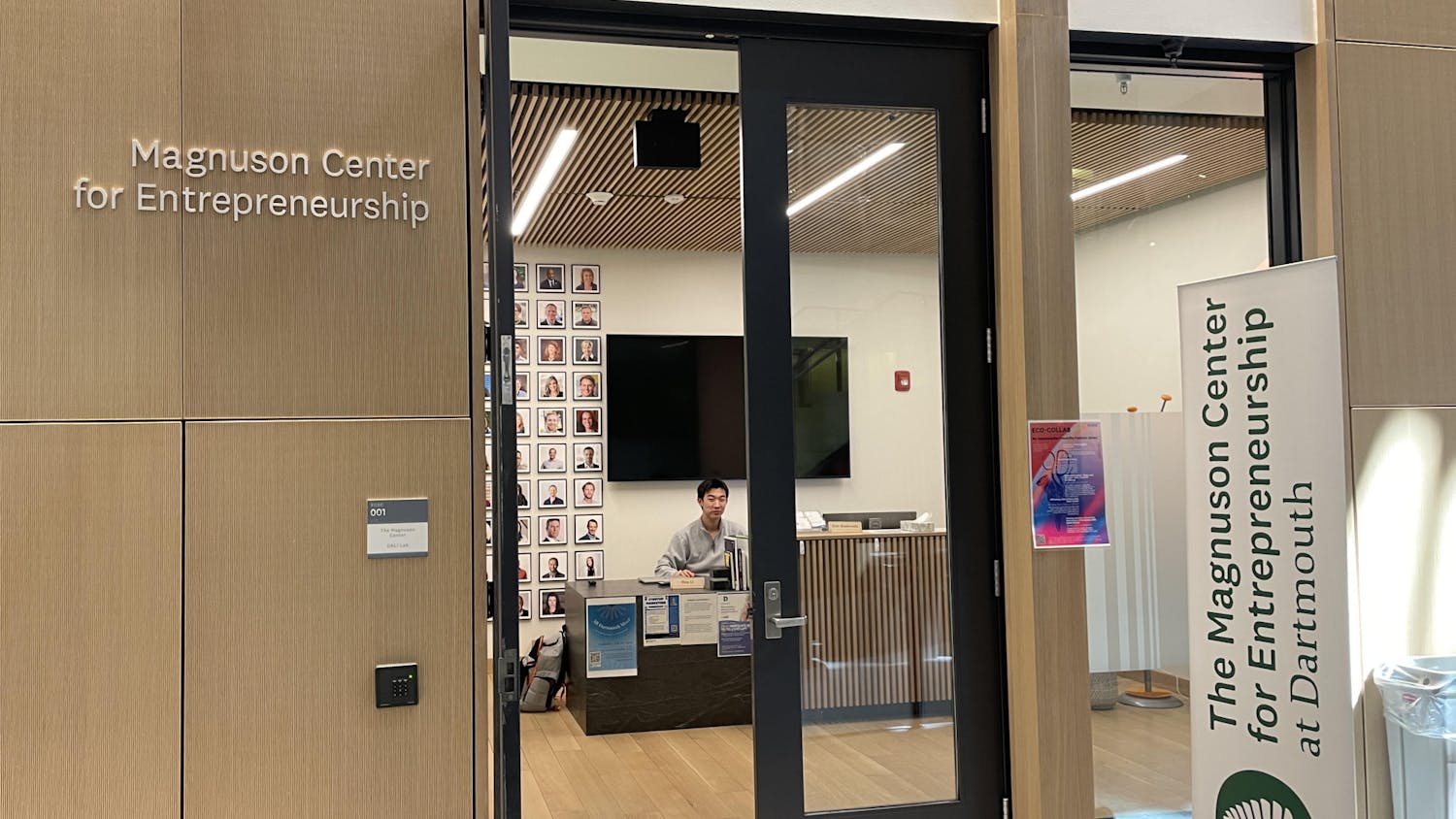Dartmouth fell out of the R1 category, a group of 115 doctoral universities with the “highest research activity,” in the most recent report released by Carnegie Classifications of Institutions of Higher Education on Feb. 1. The College is now part of the R2 group of “higher research activity” institutions.
The Carnegie classifications, updated every five years and first published in 1973, are based on an index that considers the size of institutions, comprehensiveness of research programs and research productivity, CCIHE director and education professor at Indiana University Bloomington Victor Borden said. Dartmouth was in the R1 category in 2005 and 2010, but not in previous listings. In the newly released 2015 report, Dartmouth was the only Ivy League institution not in “R1.”
Within the basic classification measuring research activity, institutions are separated by type, such as doctoral universities, master’s colleges and universities, baccalaureate colleges and associate’s colleges. The doctoral universities group, defined as institutions that award at least 20 doctoral degrees in a year, has 335 schools classified as R1, R2 and R3 categories. Eight other schools fell out of R1 in 2015, including North Dakota State, Rockefeller University, Yeshiva University and Rensselaer Polytechnic Institute. Fifteen institutions moved up to R1, including Northeastern University and George Mason University.
Borden said many different entities use the classifications for diverse purposes, including internal benchmarking, awarding federal grants, allocating salaries and crafting state policies.
“The original purpose and core purpose is to provide higher education researchers and policy makers with a mechanism for distinguishing among different types of institutions,” he said.
The classifications also determine how the U.S. News and World Report College Rankings define their categories of institutions, Borden said. For example, the “National Universities Rankings” category comes from the Carnegie doctoral universities group. The classifications are meant to group similar schools for comparison purposes, he said.
Borden noted that though Dartmouth may have dropped to R2, it is still part of the elite group of doctoral universities defined by CCIHE.
“It’s an index, and we had to draw a line somewhere,” he said. “Whether you’re the highest or lowest index value, you’re still in the group.”
The measurement index takes into account research expenditures, the number and diversity of doctoral degree conferrals and a per capita measure of research productivity, he said. The measurements are often adjusted between updates, and despite changes in index methodology for 2015, not many institutions moved between categories, Borden said.
“Some institutions fall in and out based on the way you do it,” he said. “There’s no gold standard for how you come up with a measure for something like research activity.”
He added that he looked at different ways to standardize the data for 2015 and was not able to find a valid method that kept Dartmouth in the R1 group.
“Dartmouth is a relatively small college,” he said. “That’s part of its attraction. We’re not measuring those aspects. We’re just looking at the research and degree numbers.”
Craig Abbey, research director of the Center for Measuring University Performance, a research center at the Arizona State University that produces scholarly work on ranking and education quality, said smaller institutions are generally at a disadvantage when classifying research activity. He noted that movement might not be based on a change by an individual institution.
“Probably Dartmouth fell slightly below the cut points,” he said. “It might not have to do with a change in Dartmouth, but how other institutions changed.”
Abbey added that each institution makes a choice to focus more on research or undergraduate or graduate education, and there are tradeoffs for each. Large public universities, for example, offer large classes partly to collect revenue to support their research missions.
College spokesperson Diana Lawrence wrote in an email that Dartmouth has moved in and out of the R1 group over time and seeks to emphasize both undergraduate teaching and research.
John Lombardi, MUP Center director and former Louisiana State University president, wrote in an email that though the Carnegie classifications provide institutional profiles and opportunities for comparison, classifications that combine many measurements are not as helpful as other potentially more complex measures of performance, he said.
“While a single number is probably fun for public relations, the real issue is whether a particular institution is effective for the purposes of any individual,” he said. “Students, researchers, business, employers, graduate schools, all look at somewhat different characteristics in the type of high quality college or university that Dartmouth is.”
Abbey said he believed Dartmouth’s shift from R1 to R2 will not hurt its reputation.



